Balitraveldiary.com – As an area where the people really hold Hindu culture, Bali has many temples, each of which has its own uniqueness. Many of these temples are not only houses of worship, but are also a tourist attraction. One of them is the Taman Ayun Temple. The temple is located in the village of Mengwi, Badung regency, it stores the beauty of a series of multilevel Meru and from a distance looks as if floating on a lake.

In the past, Taman Ayun Temple was the mother temple (paibon) for the Mengwi Kingdom. This temple was built by King Mengwi I Gusti Agung Putu or Cokorda Sakti Blambangan (1690-1722 AD) in 1634 Saka (around 1710 AD). This temple was destroyed by a large earthquake measuring 7 on the Richter scale on January 21, 1917. This temple then underwent two renovations. In 1937, this temple underwent a total restoration, while in 1949 only repairs were made to the Bentar temple and the Great Kori.
Taman Ayun Temple stands in an area of 250 x 100 meters surrounded by a moat about 10 meters wide on the south side and 50-70 meters on the west and east sides.
Visiting the temple which is about 18 kilometers from Denpasar, visitors will be greeted by gates and bridges that connect to the temple’s outer courtyard. On the right side of the gate, there is an invitation with a diorama of a person who is hitting a chicken, a small temple (Pura Luhuring Purnama), and the Bale Pengubengan building with the relief of nine gods of the winds (Dewata Nawa Sanga).
Entering the central courtyard, there is the Kulkul Hall which towers high on the left. From this hall, visitors can enjoy the whole view of the whole complex.
Visitors can only explore the contents of this temple until the middle page of the temple. The inner courtyard of the temple, which is a sacred area, is only used for worship.
The coil door which is the main gate of the inner courtyard is only opened when special ceremonies are performed. However, if you want to take a closer look at the inner courtyard of this temple, visitors can pass through the path that surrounds the boundary wall of the inner courtyard of the temple. From this path, seen a number of buildings with a terraced roof (Meru) in the inner courtyard of the temple that depicts Mount Mahameru surrounded by a sea of milk (symbolized by the outer moat of the temple).
The existence of a number of buildings with Meru terraces is characteristic of this temple. The buildings are four Meru overlaps 11, two Meru overlaps 9, and one Meru overlaps 7, 5, 3, and 2.
In addition to a number of terraced Meru, in this temple complex, there are also several temples and gedongs. Each building holds a pelinggih which is a place of worship of the ancestral spirits of the gods. It is said that the architecture of the temple building was designed by an architect from China.
Visit too:
Witness the Exclamation of the Barapan Kebo Tradition in West Sumbawa
Hello Indonesia Witness the Exclamation of the Barapan Kebo Tradition in West Sumbawa





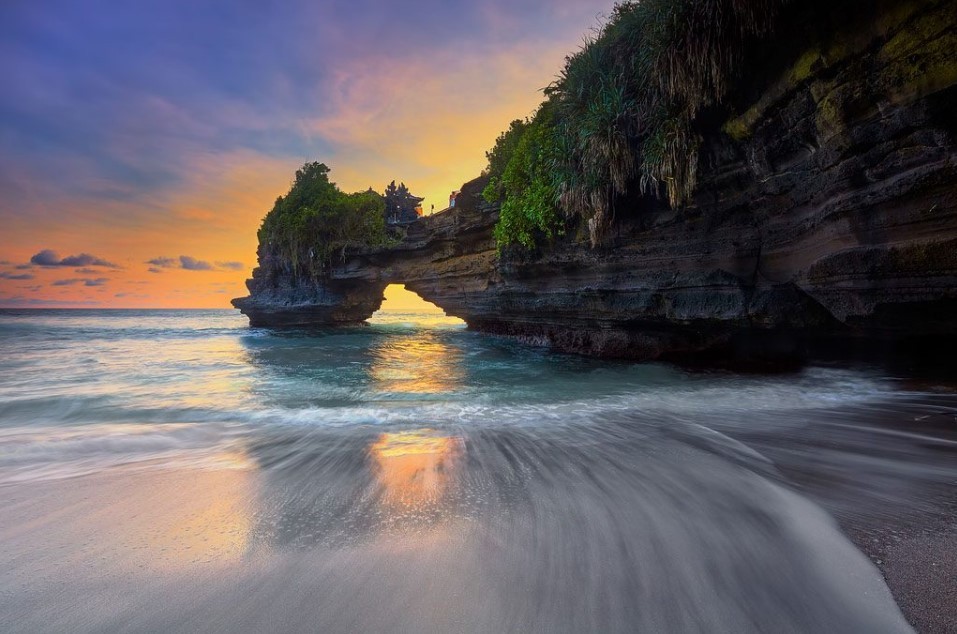
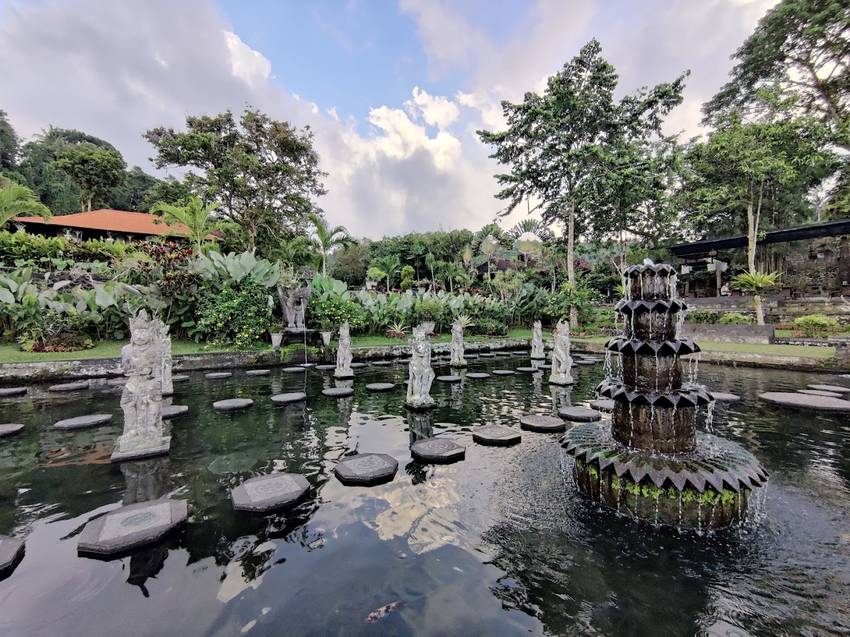







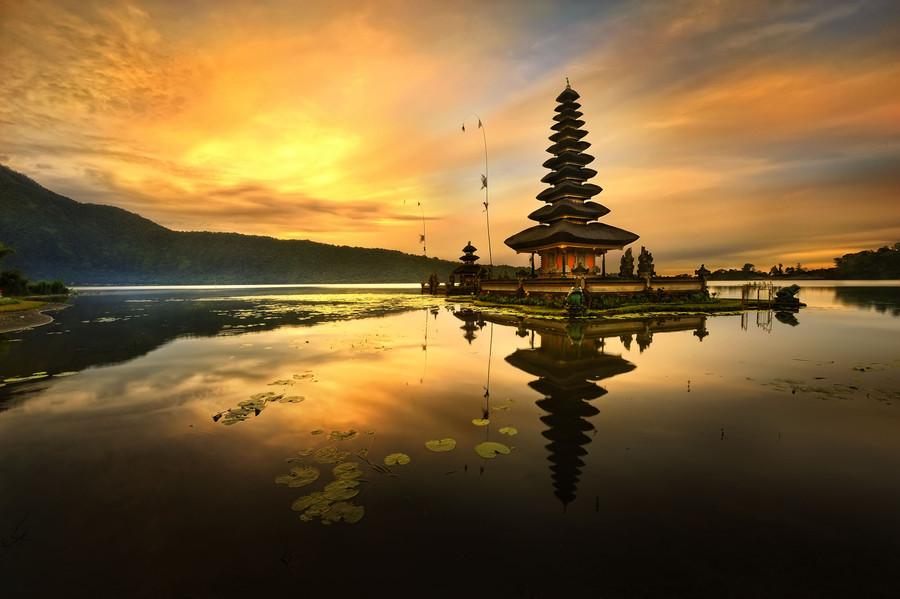


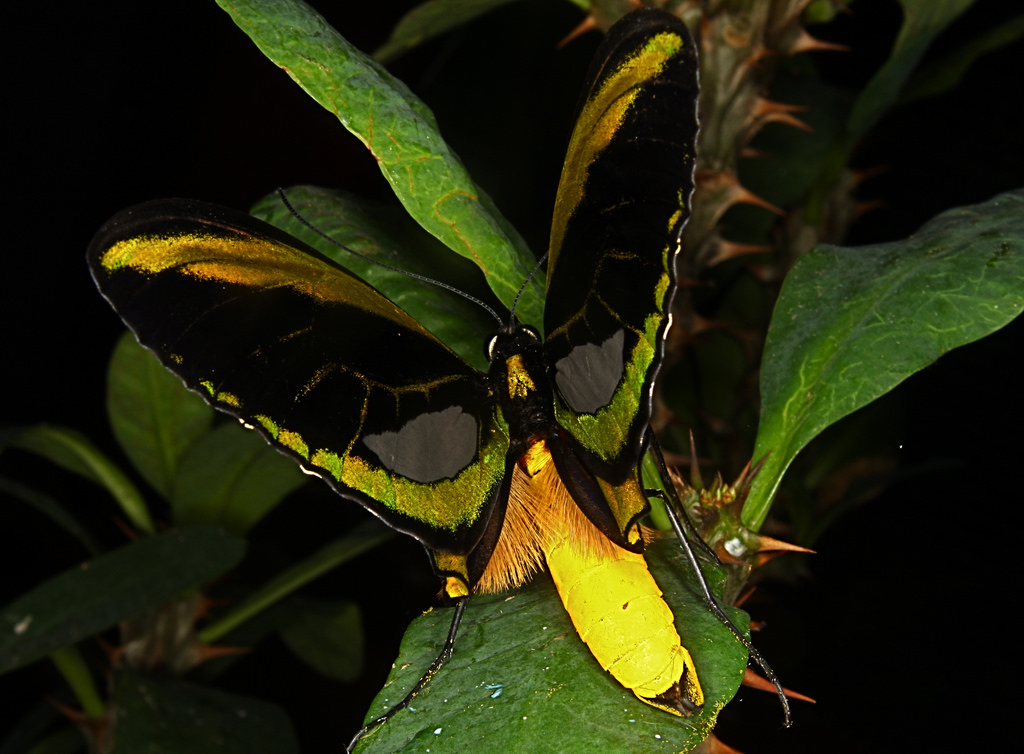
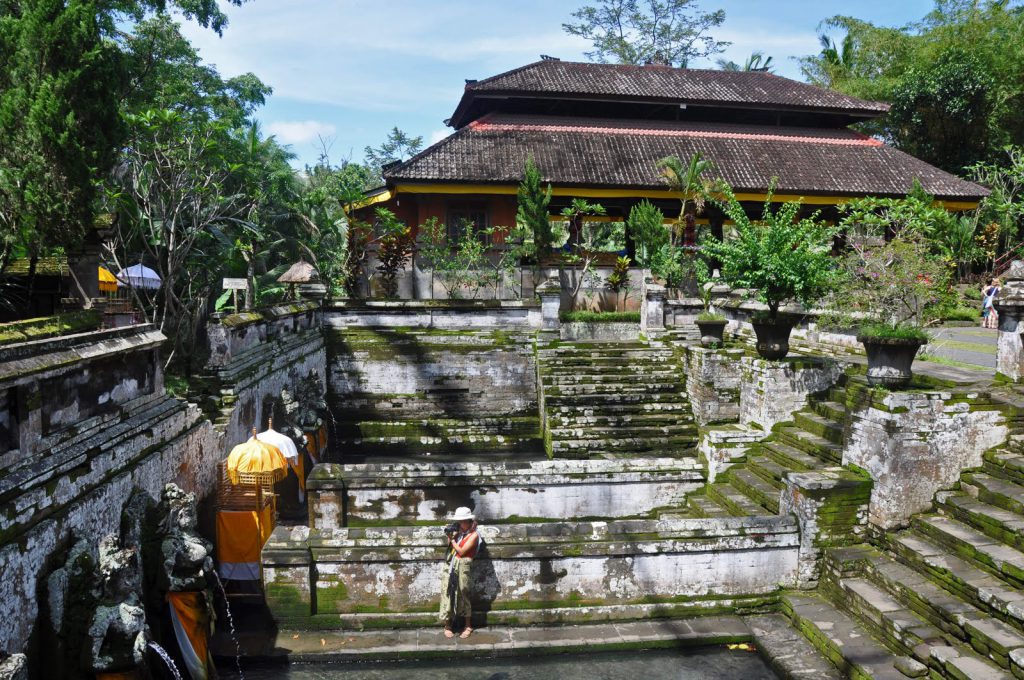
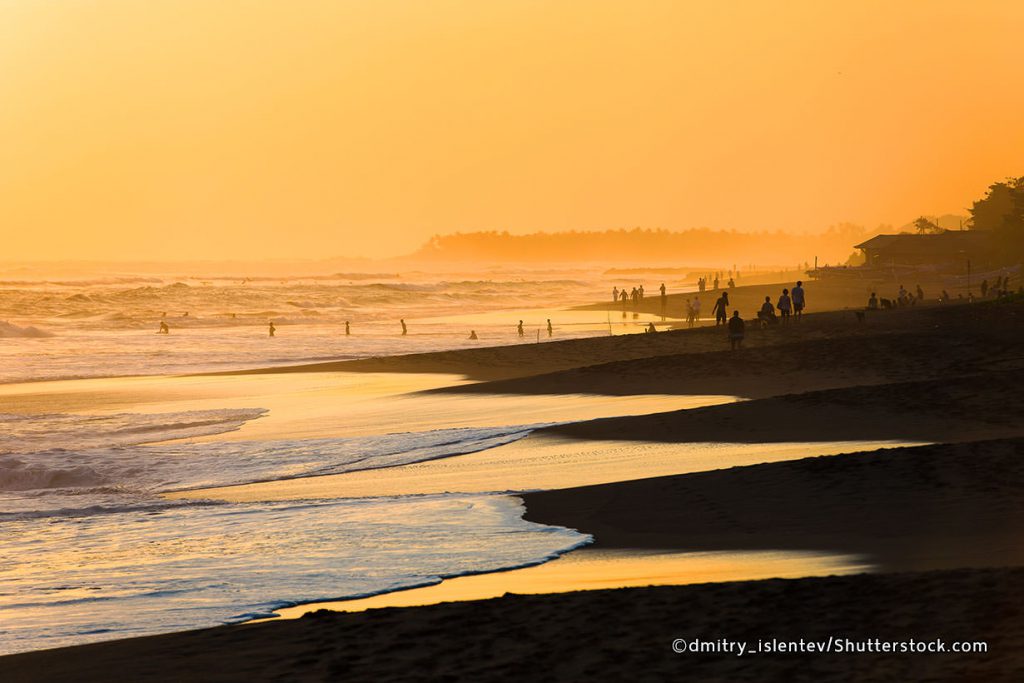
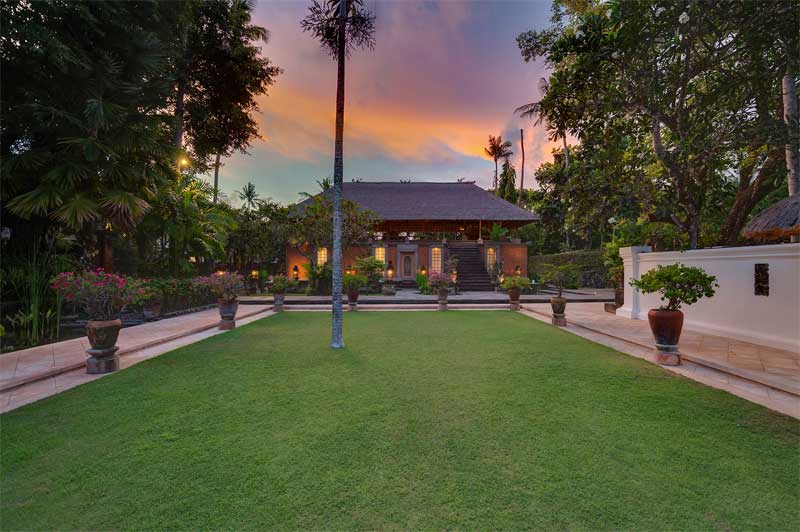

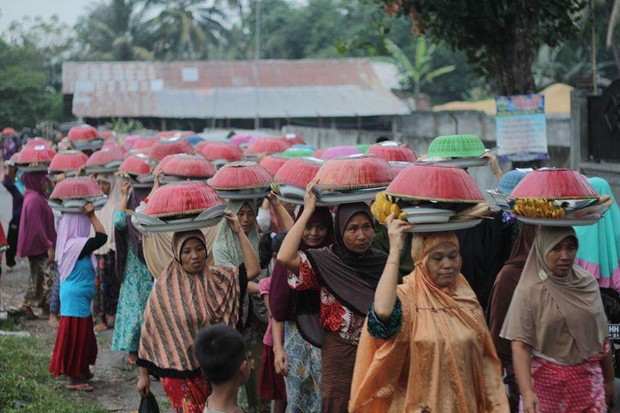





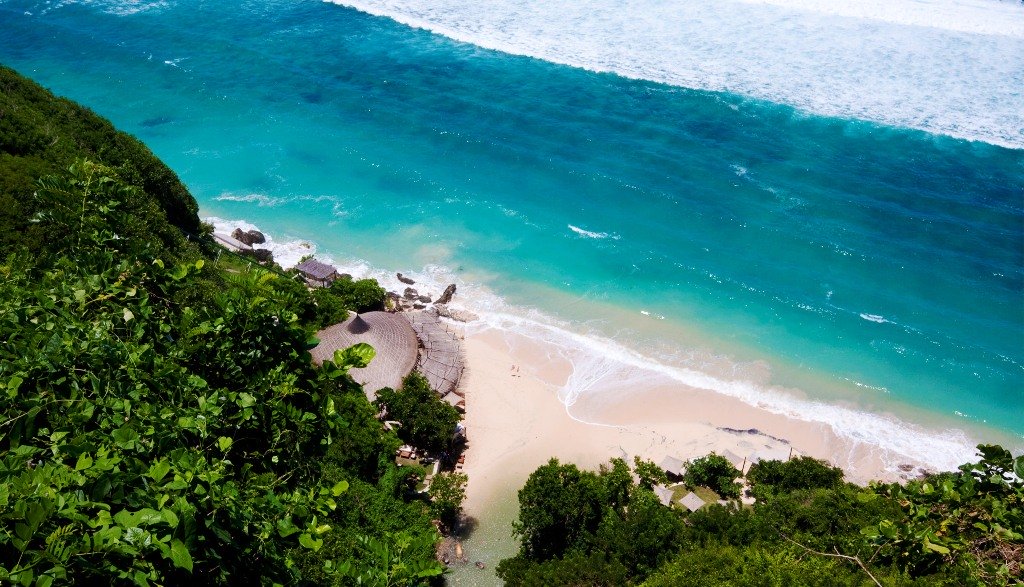
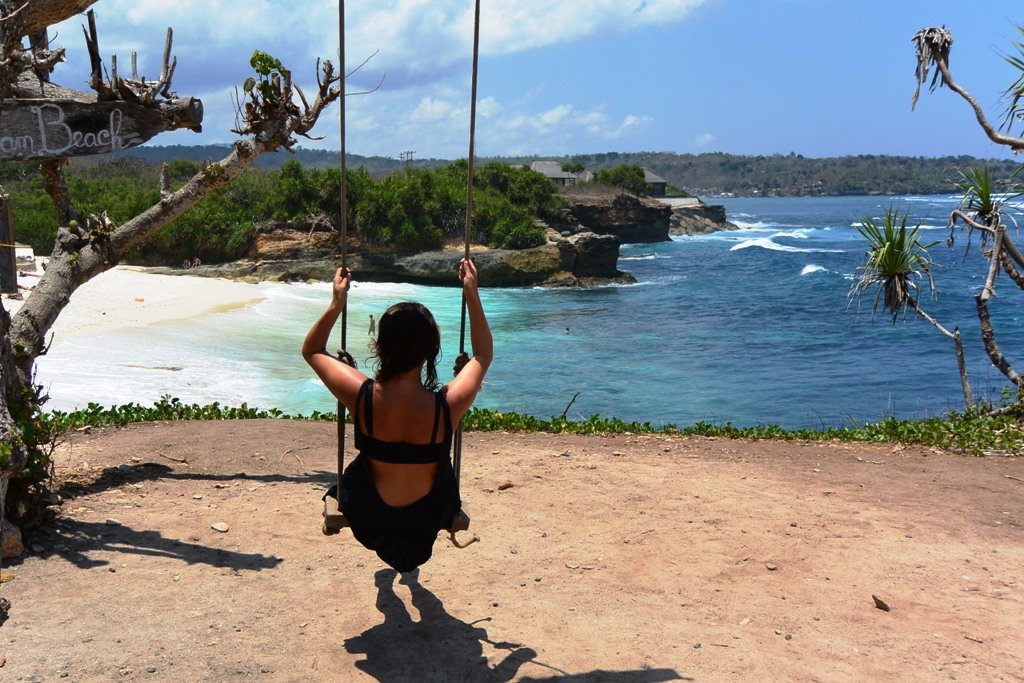







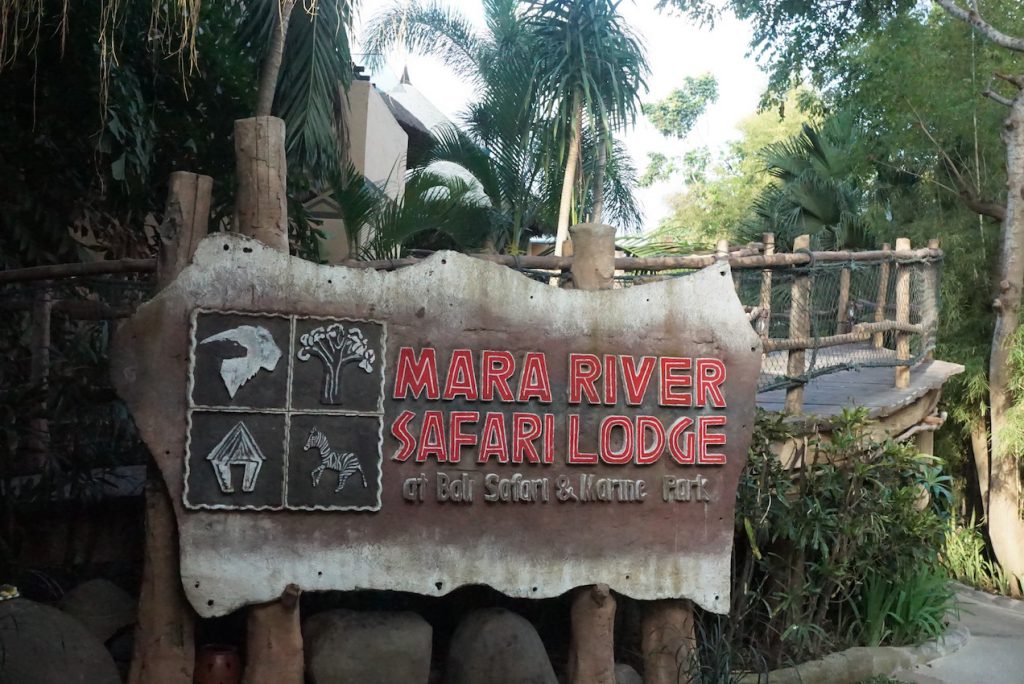
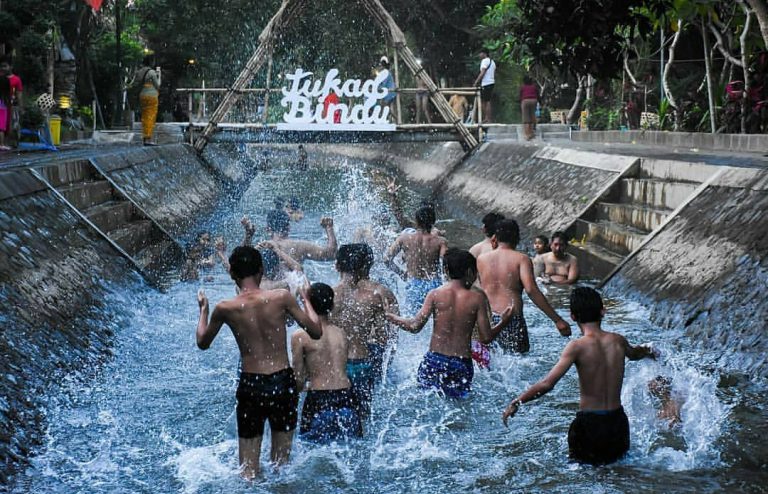


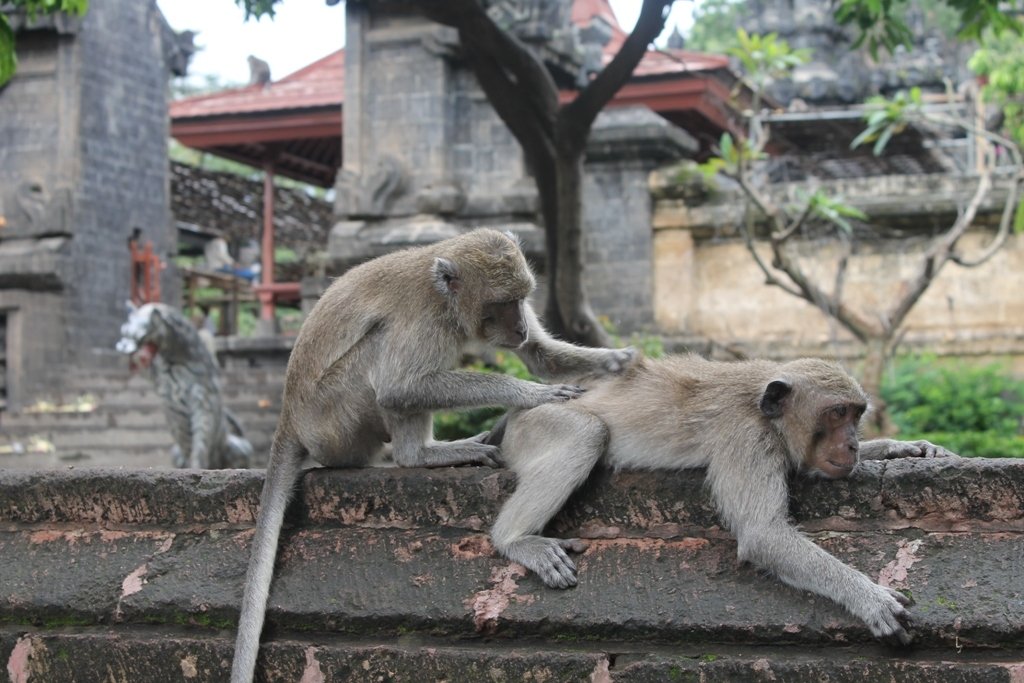





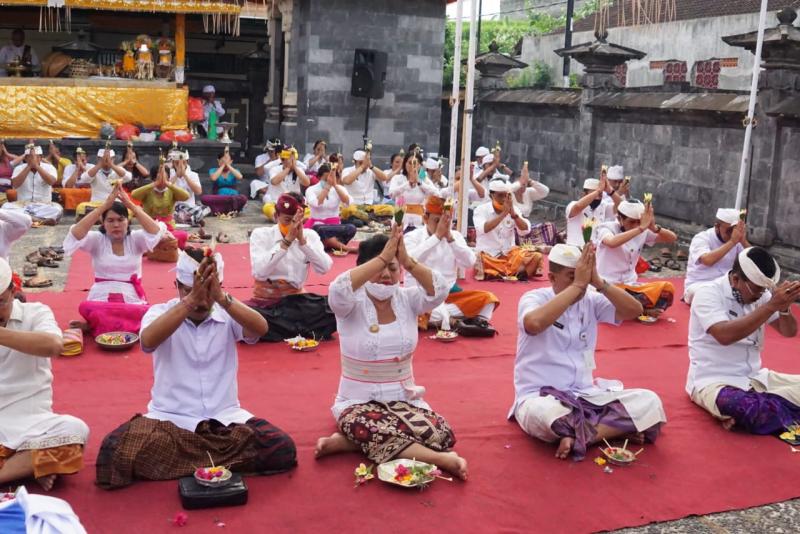

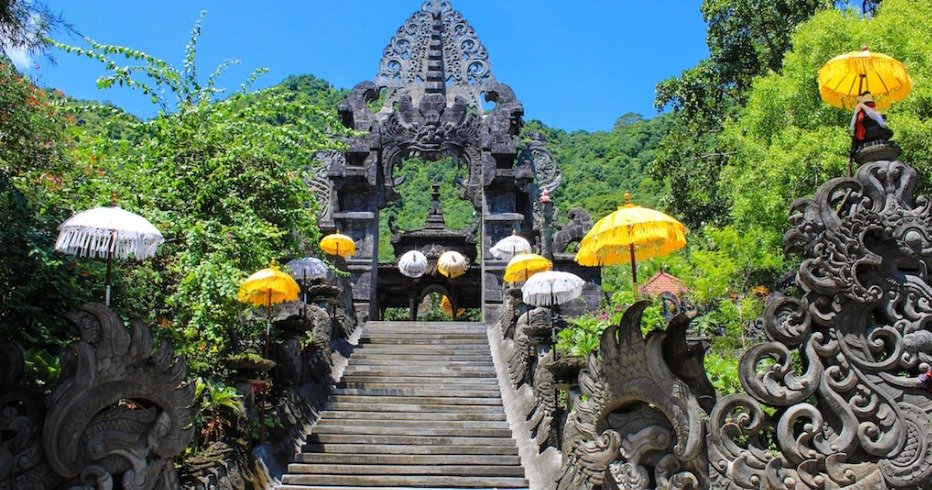

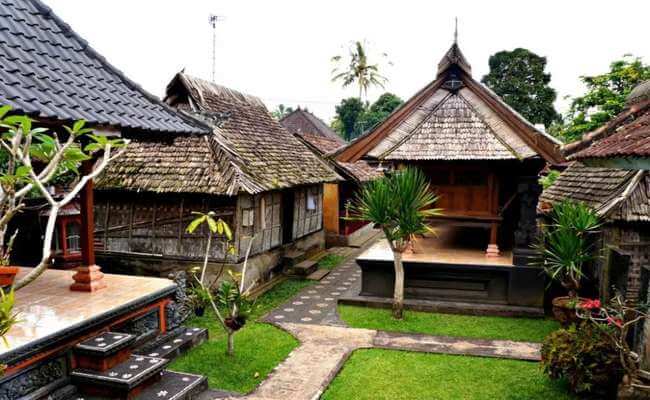

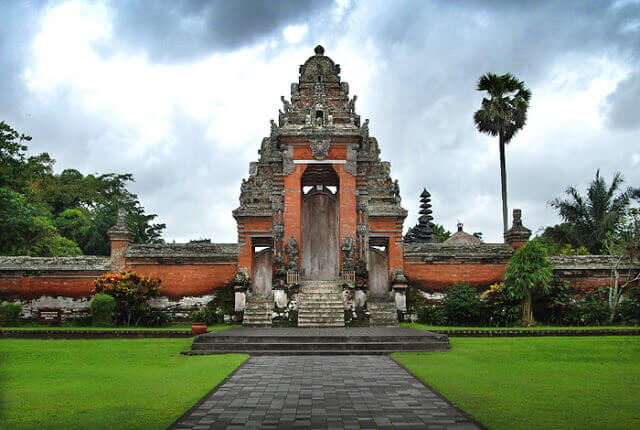




















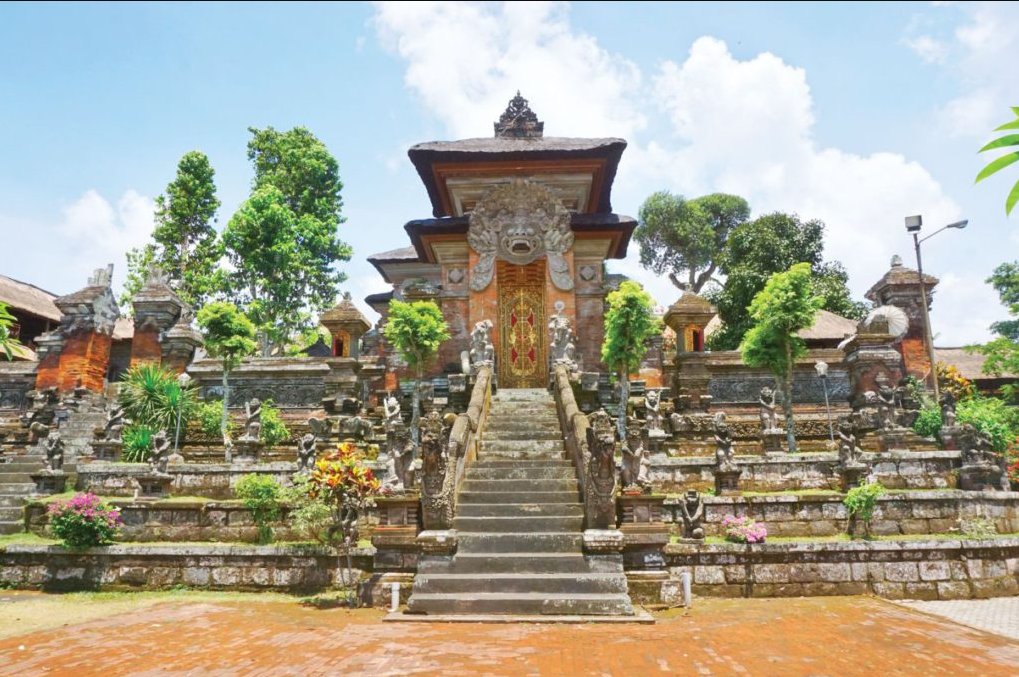


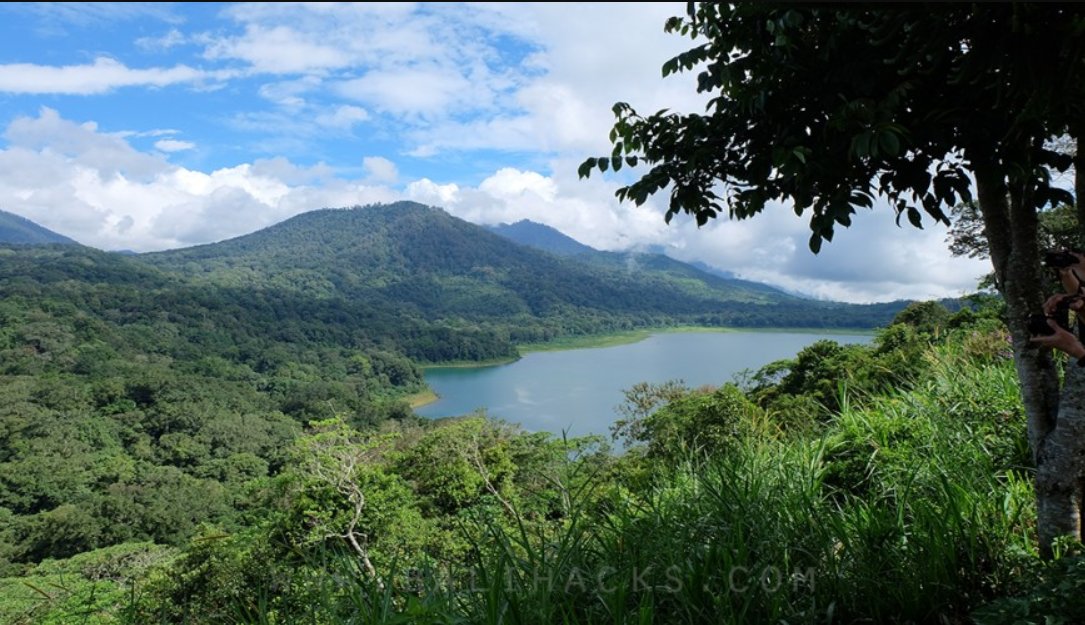



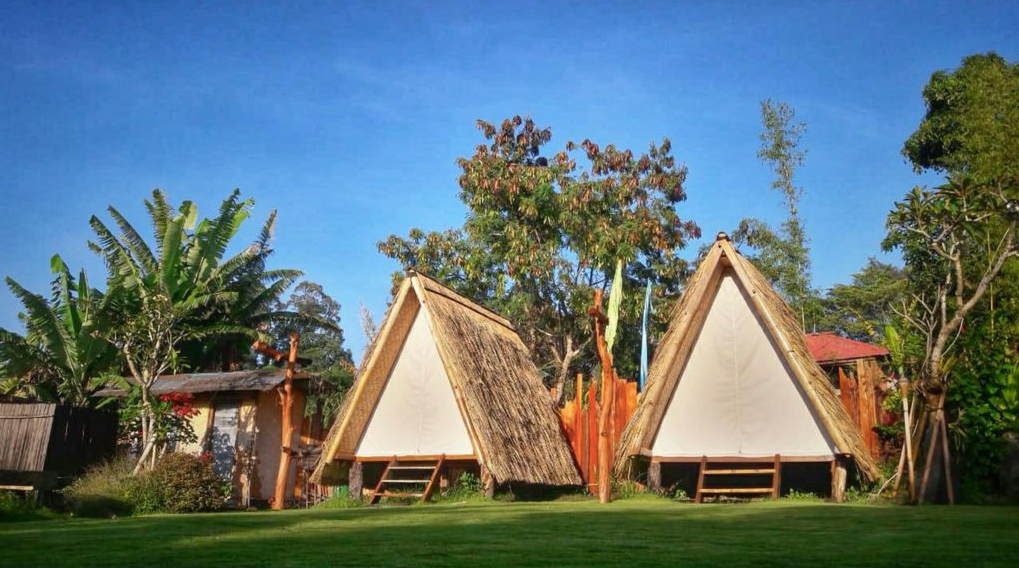



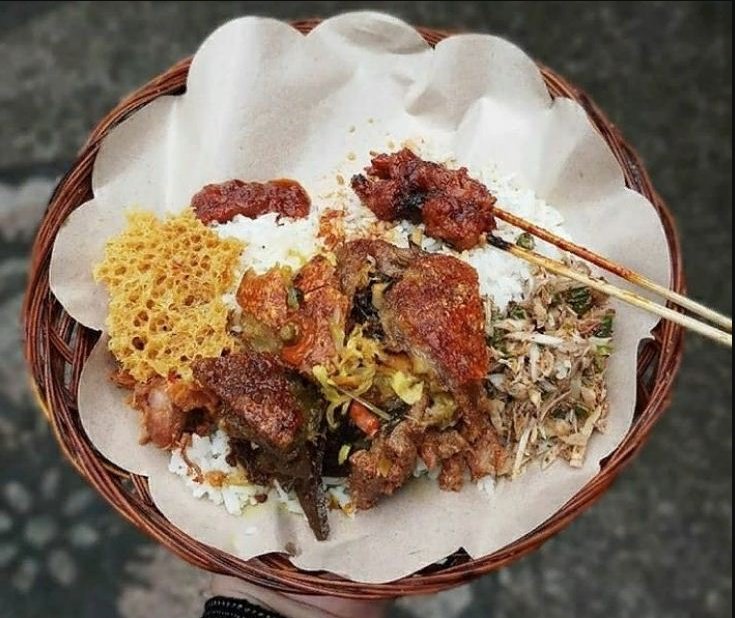










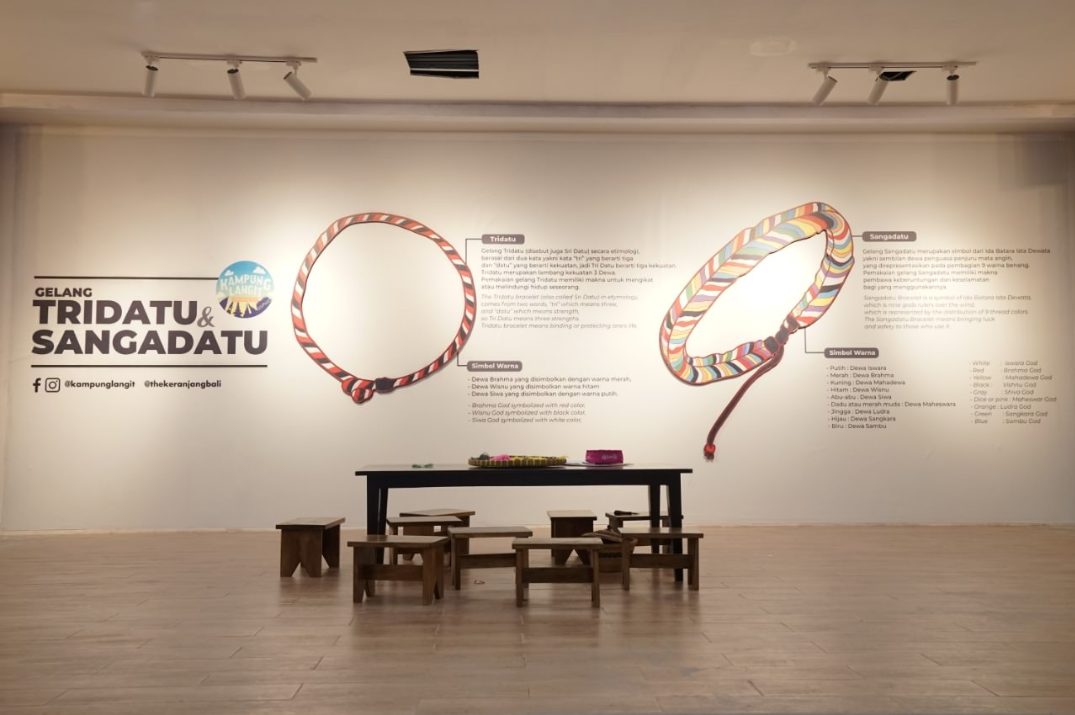



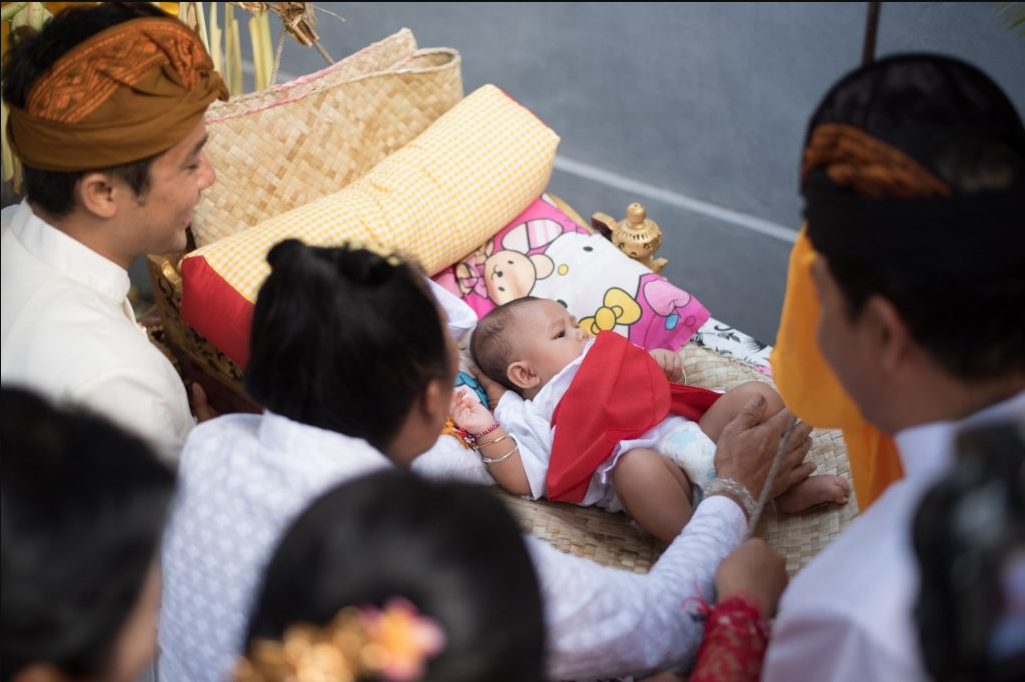


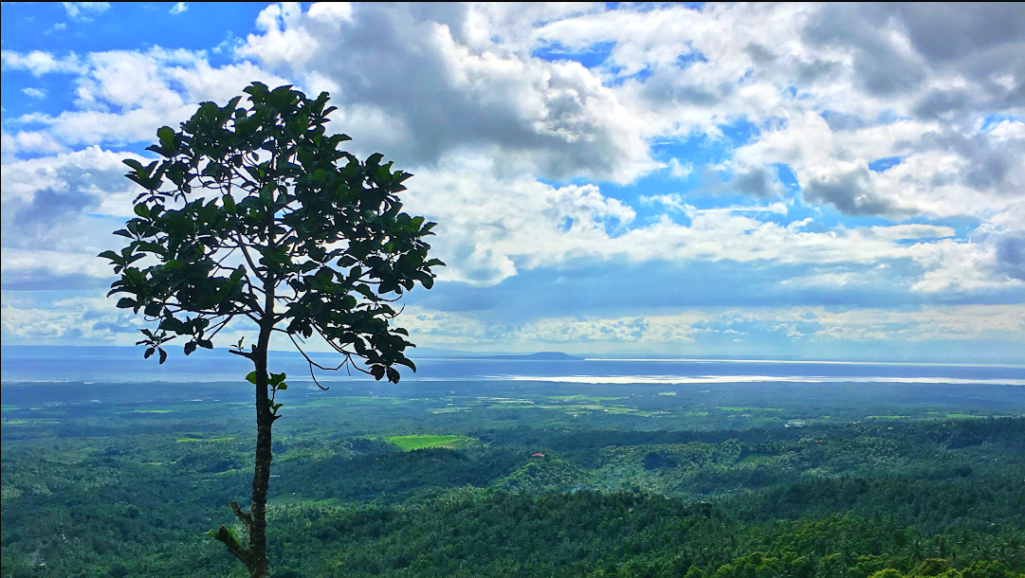





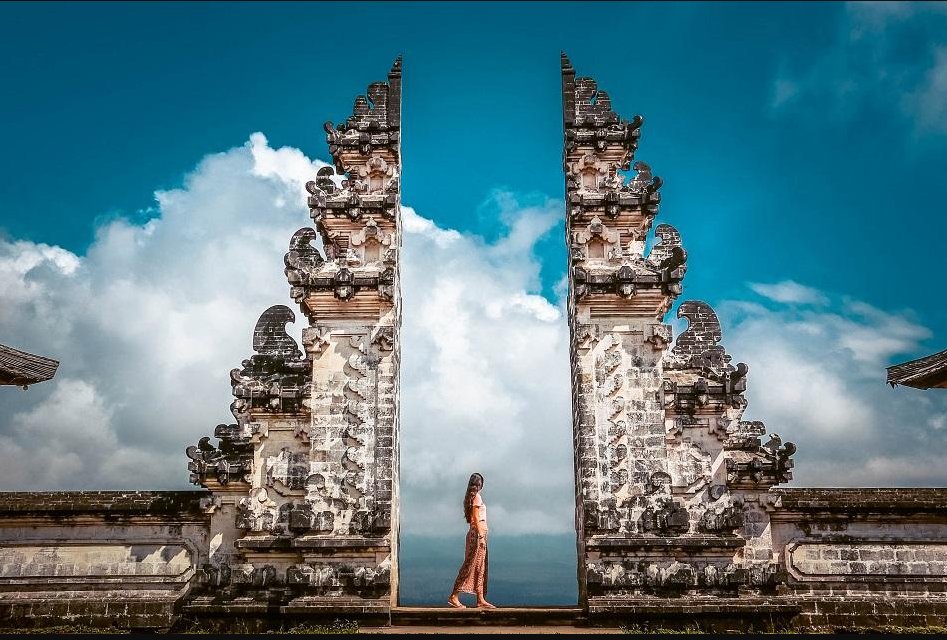
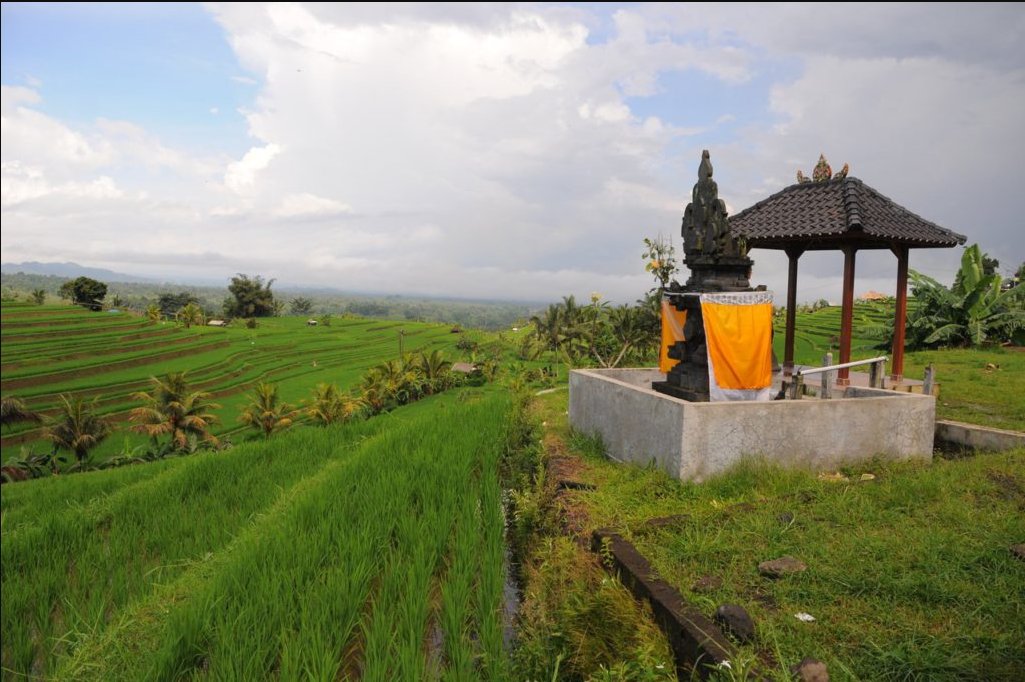

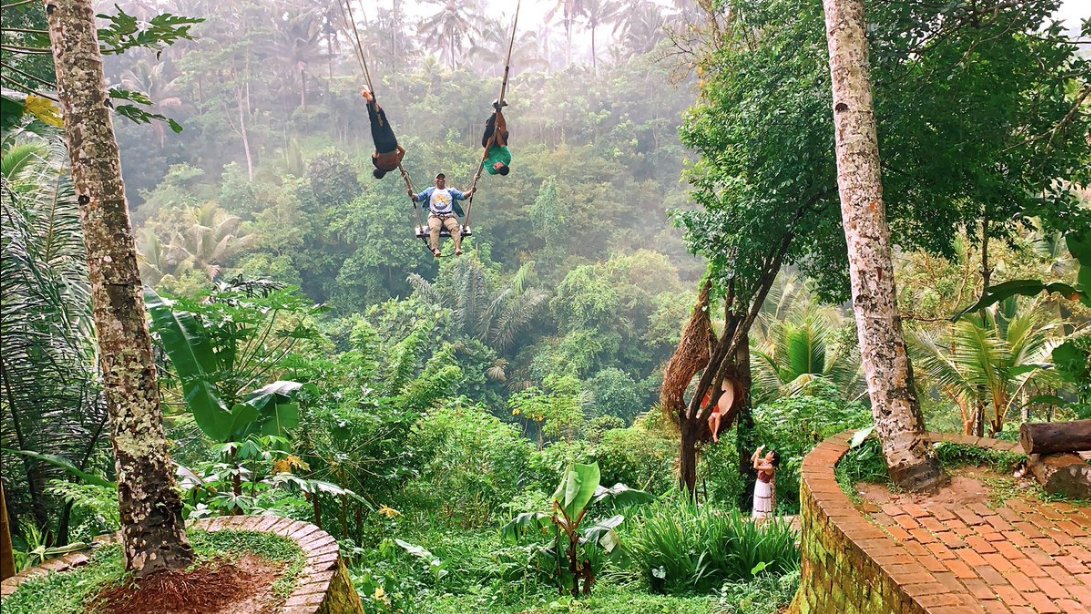

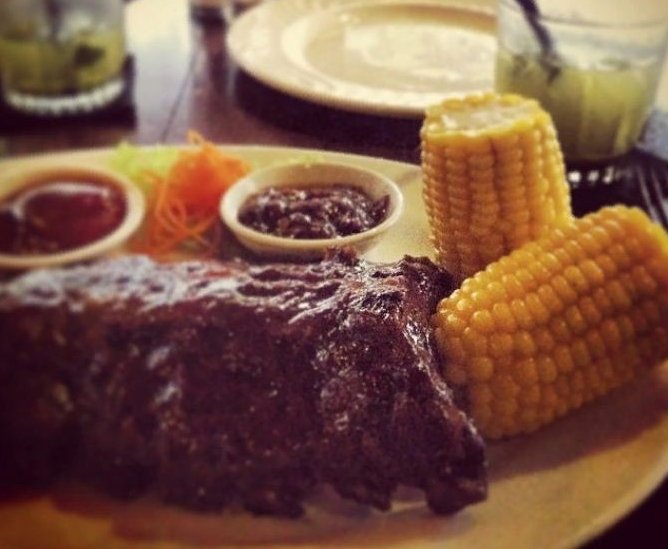

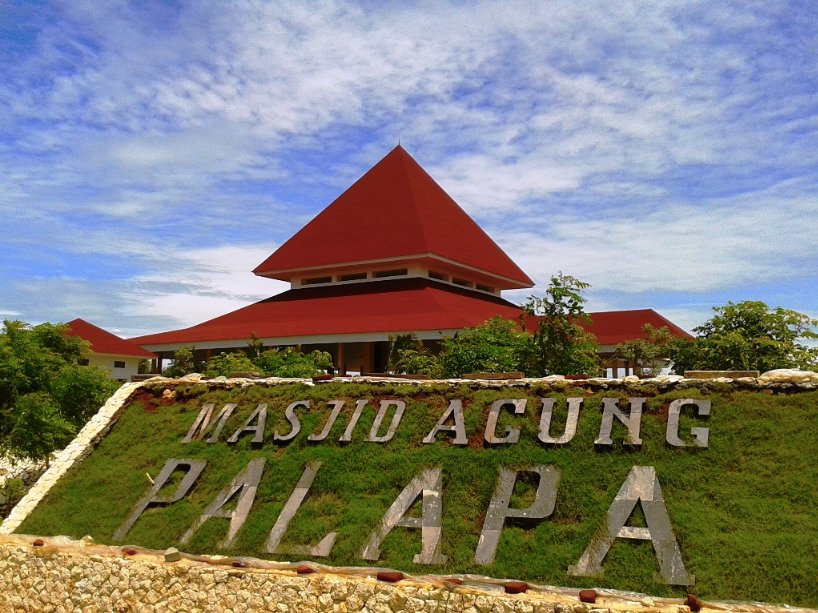




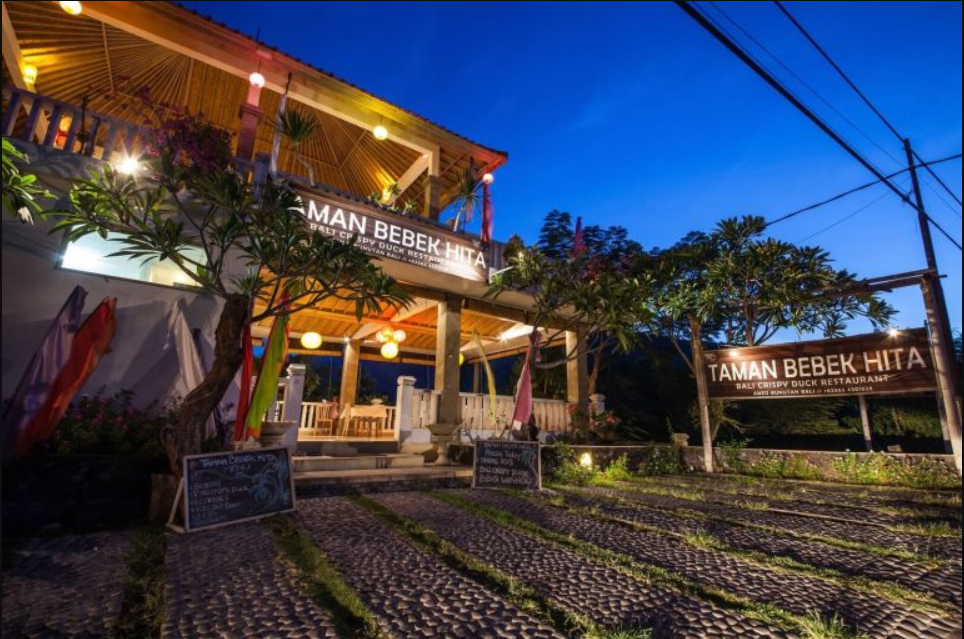












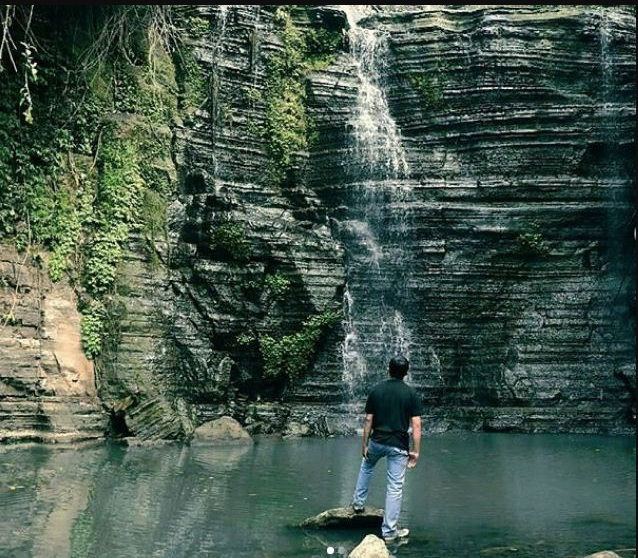
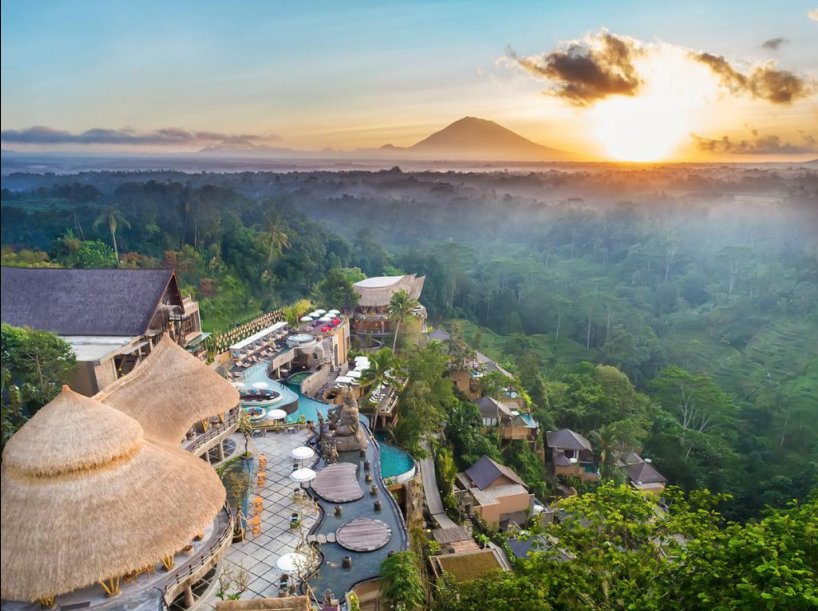






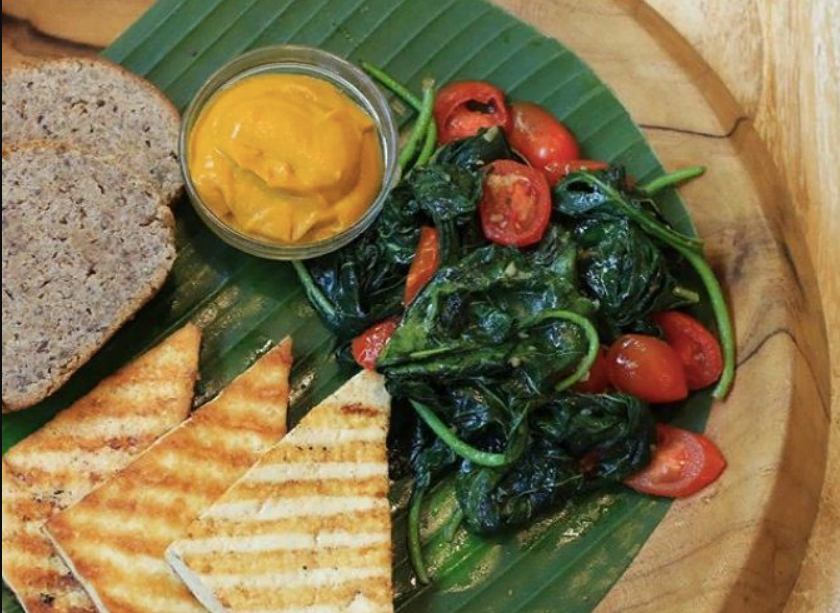




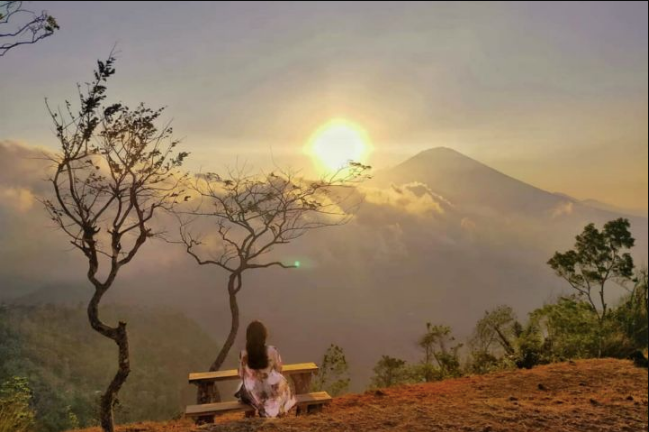



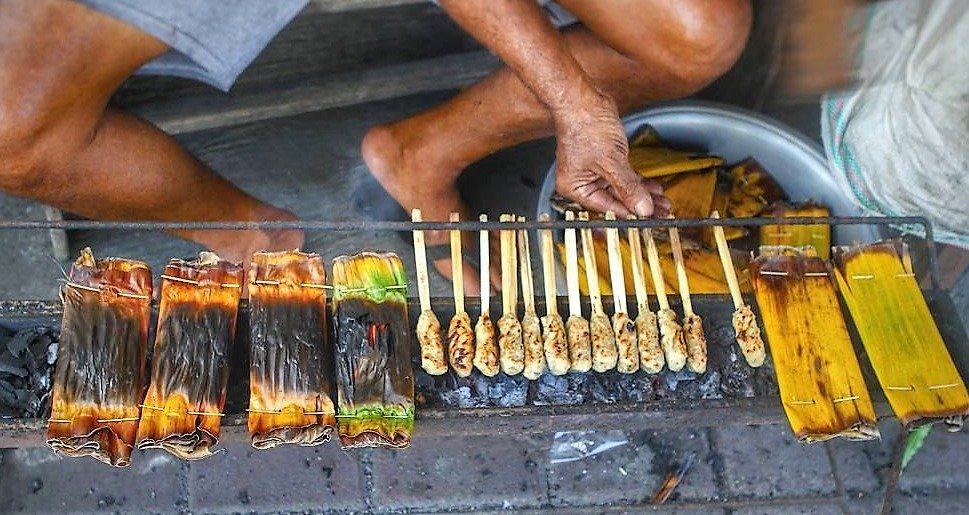
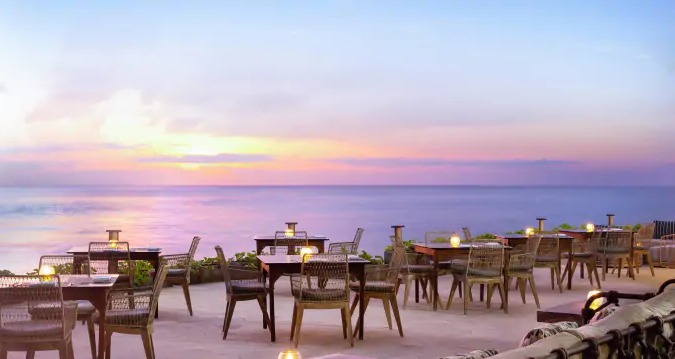















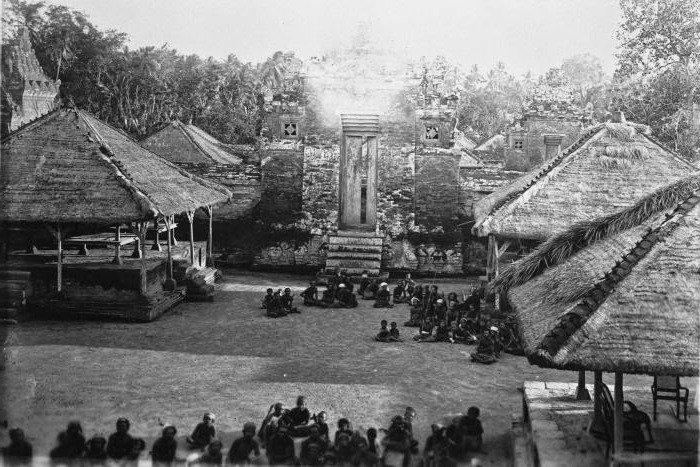




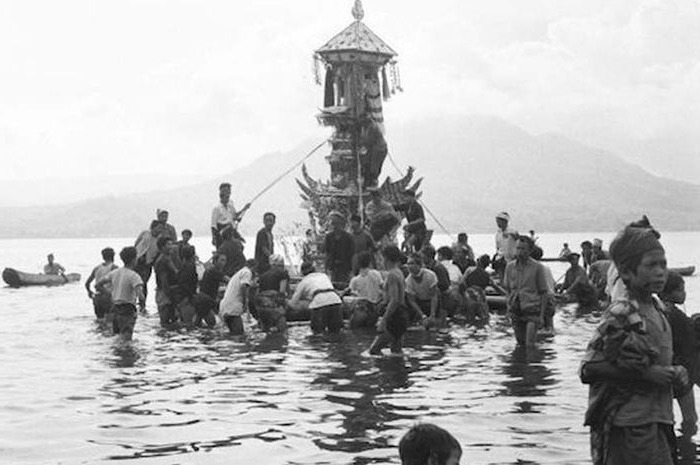



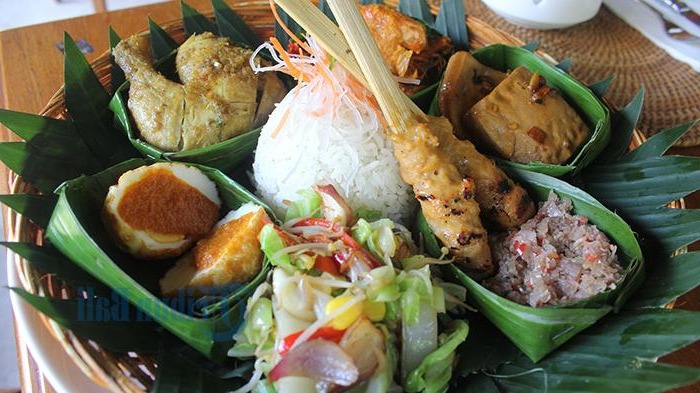





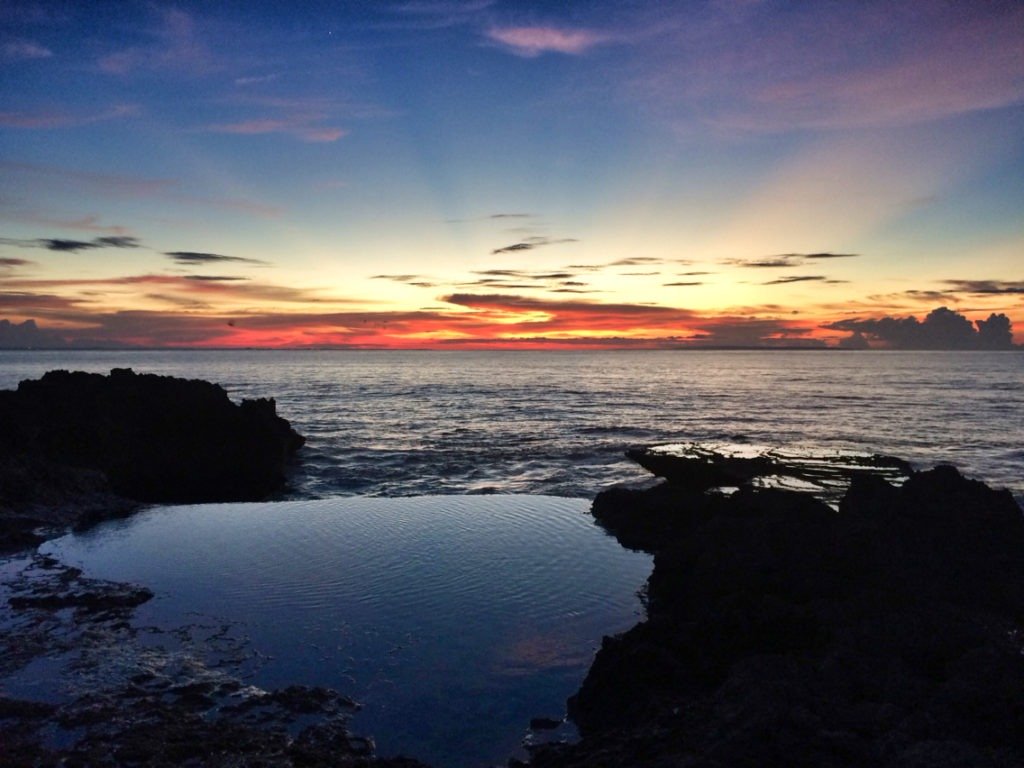



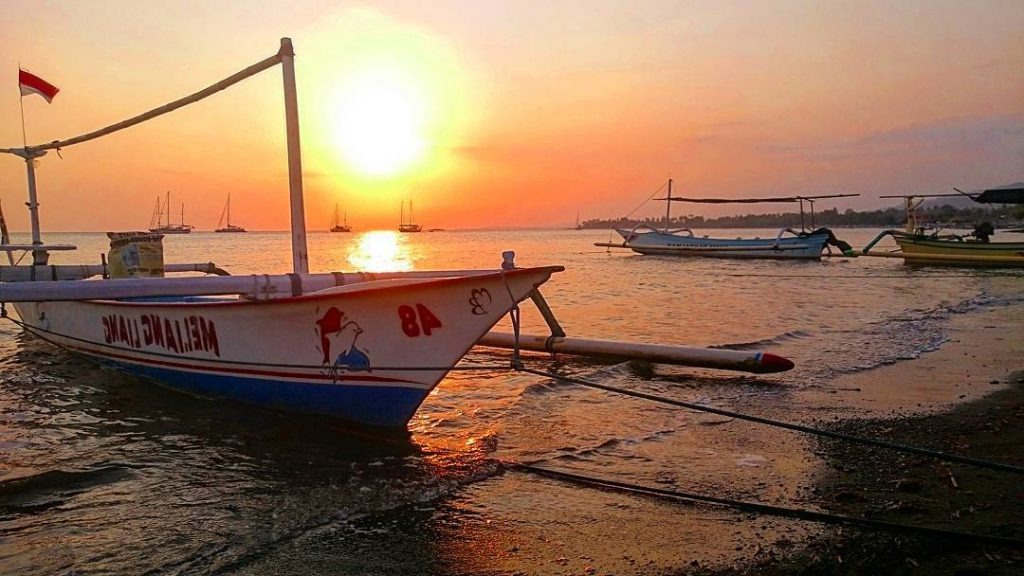


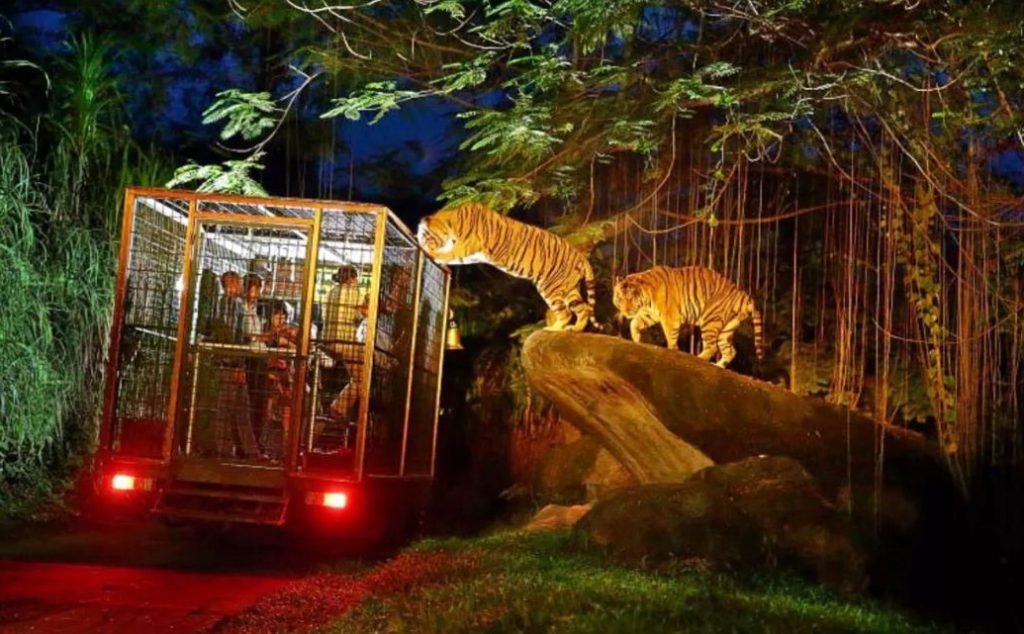


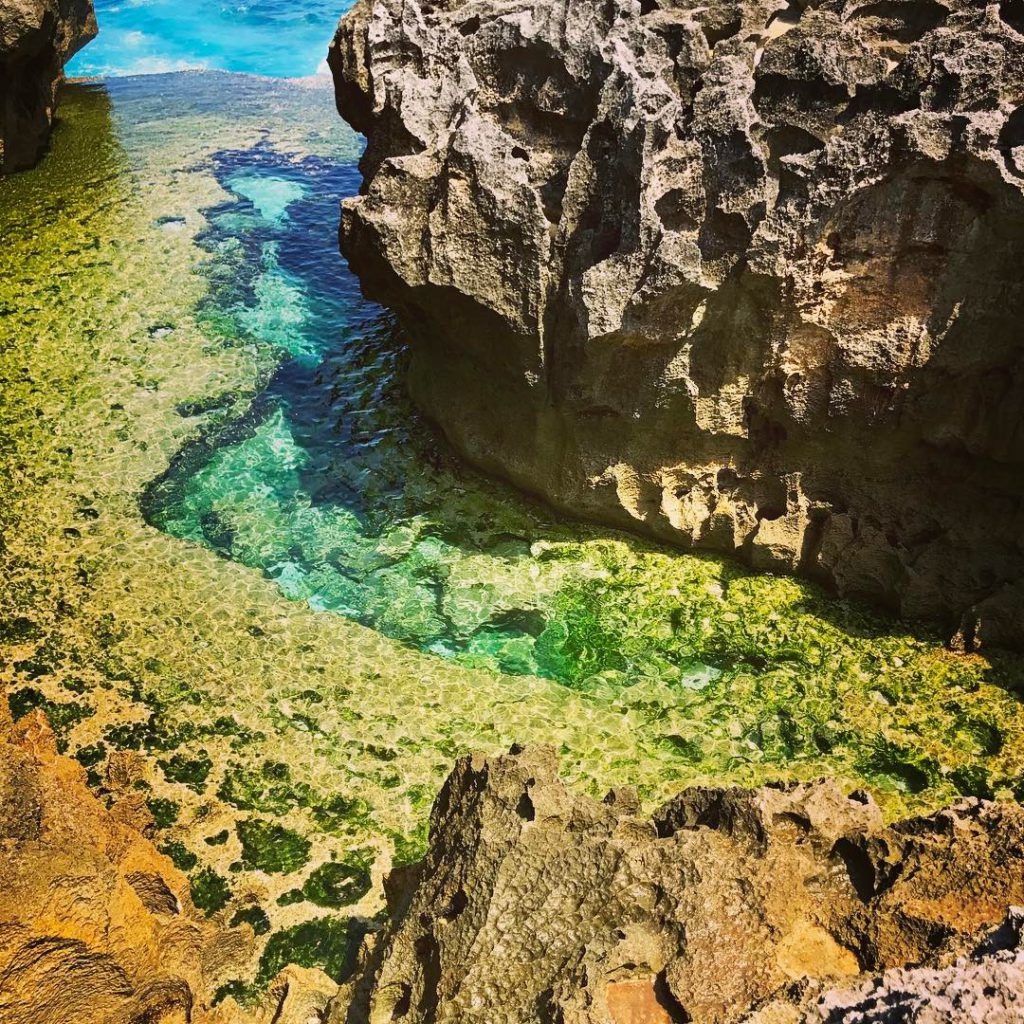

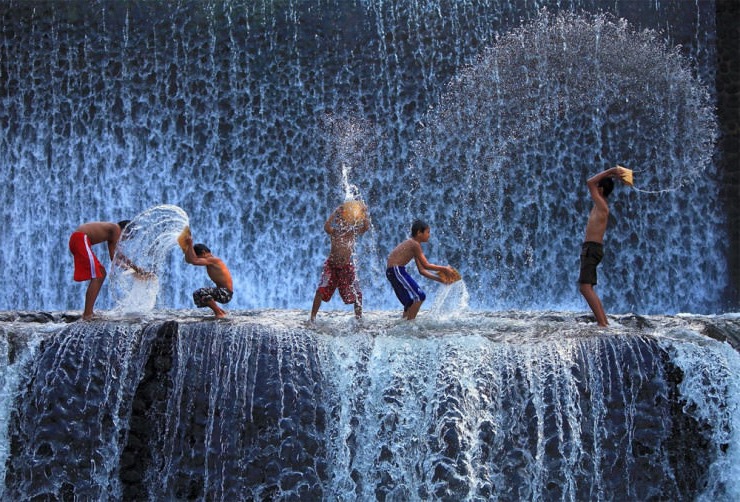



















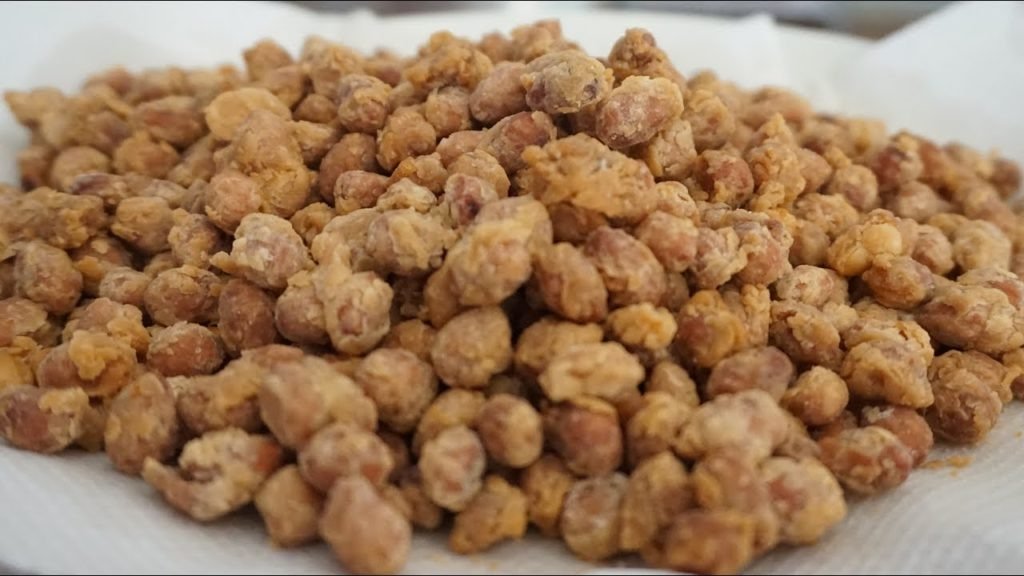



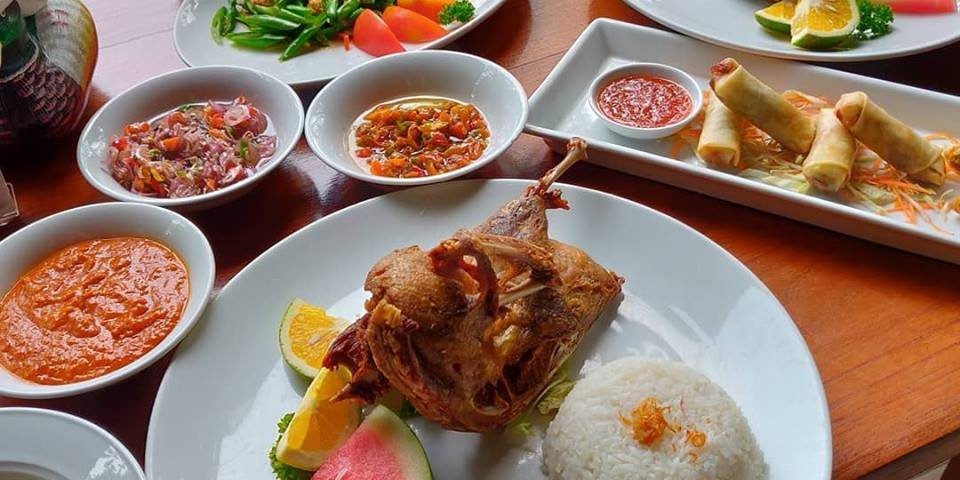


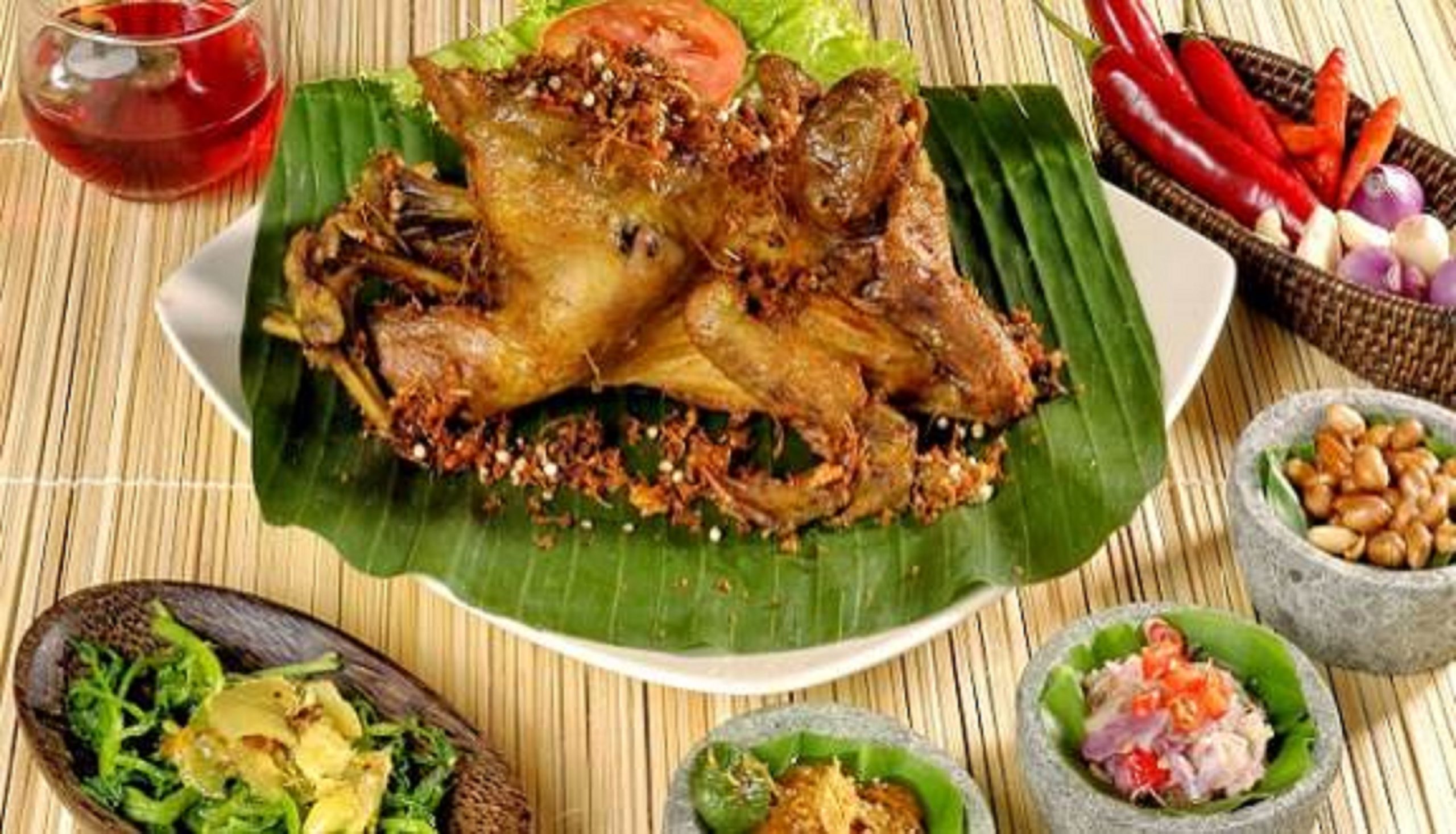
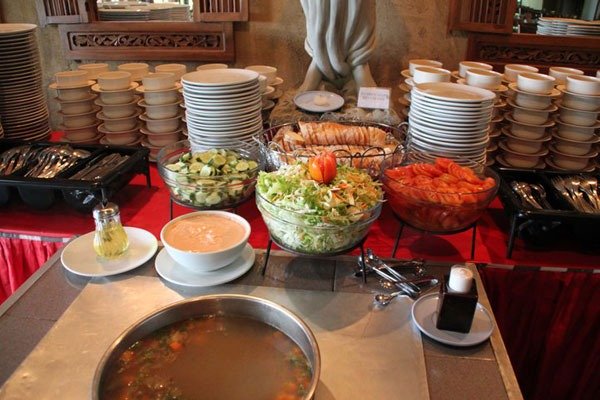




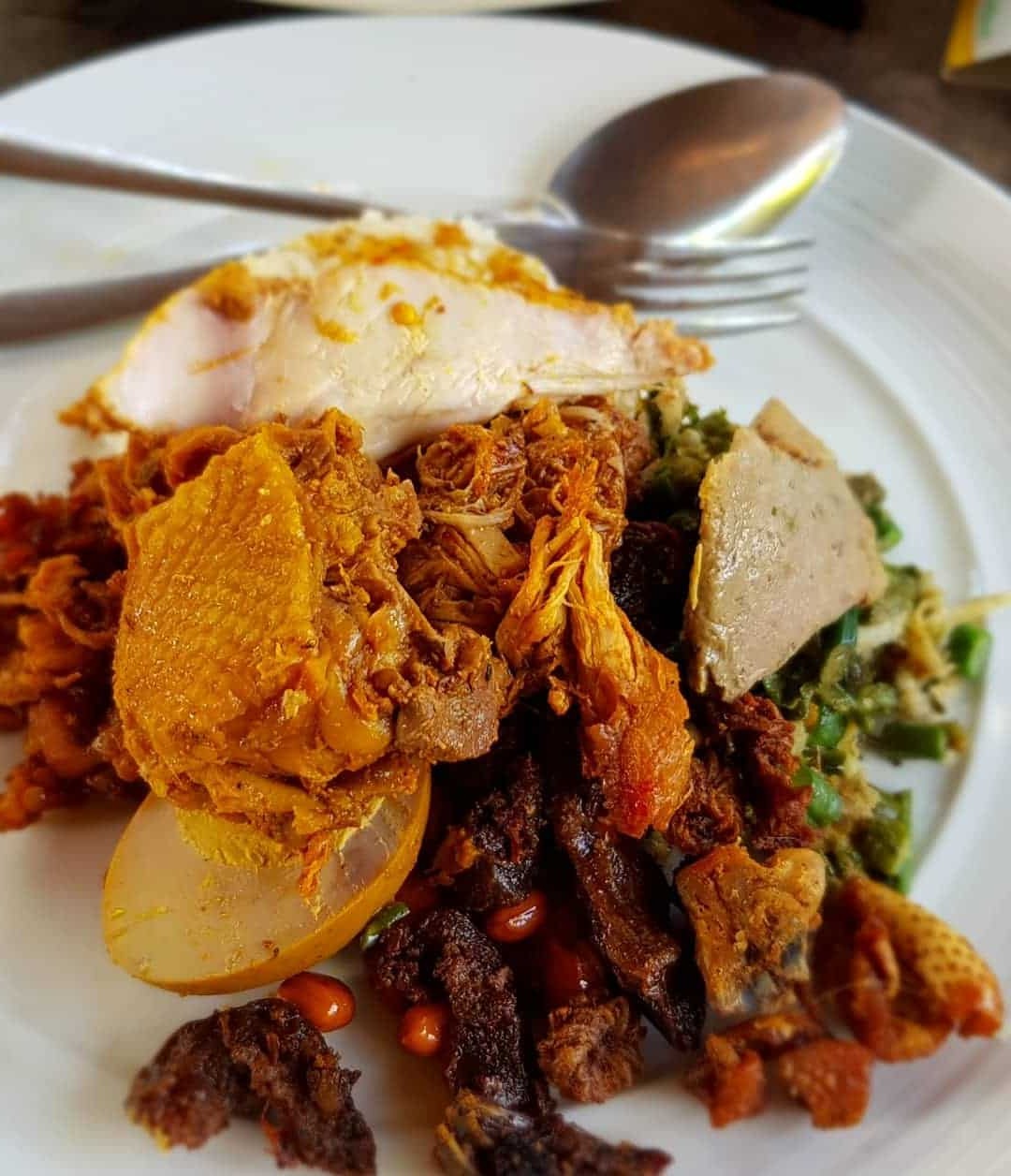










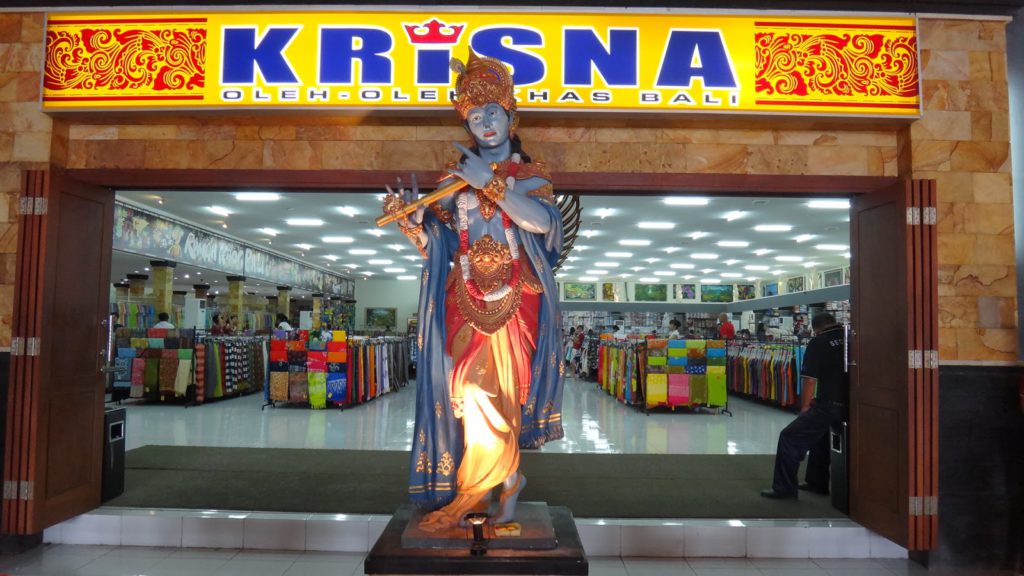





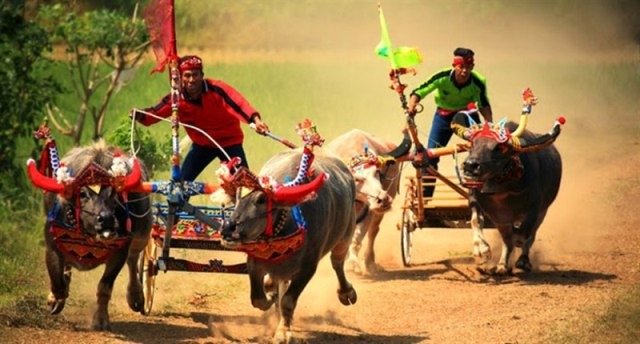


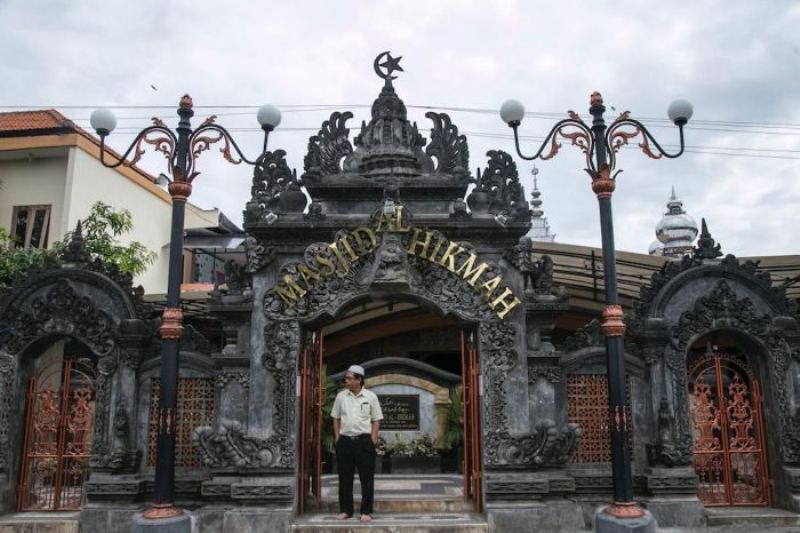













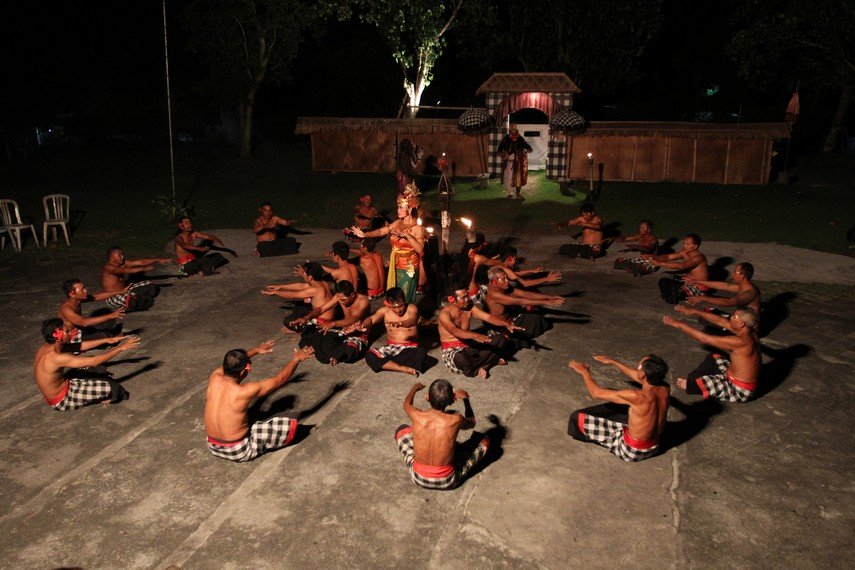


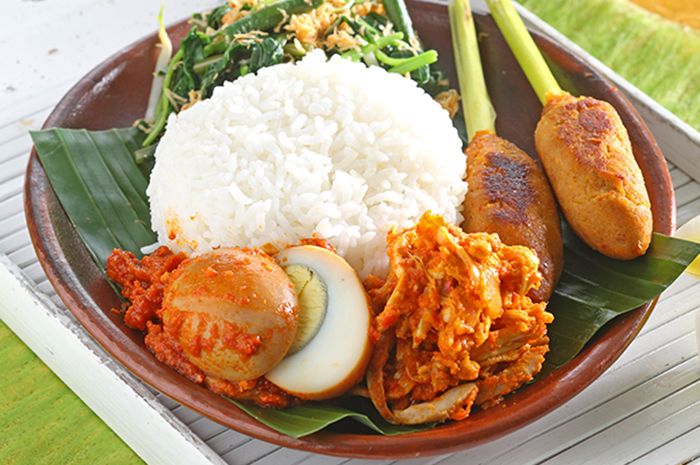








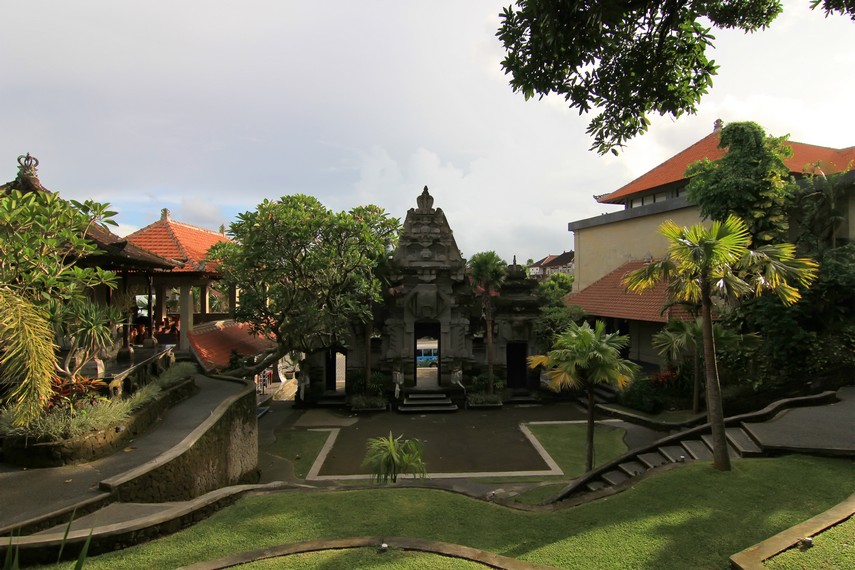
















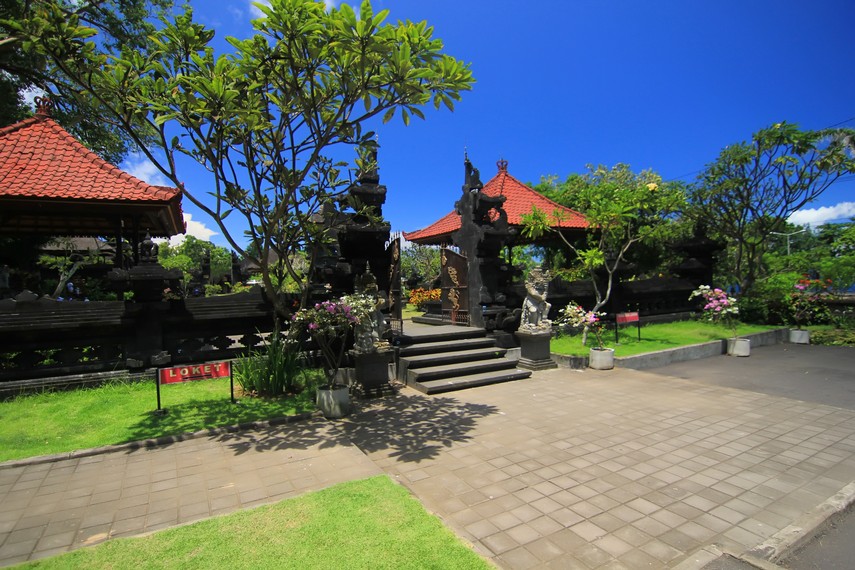

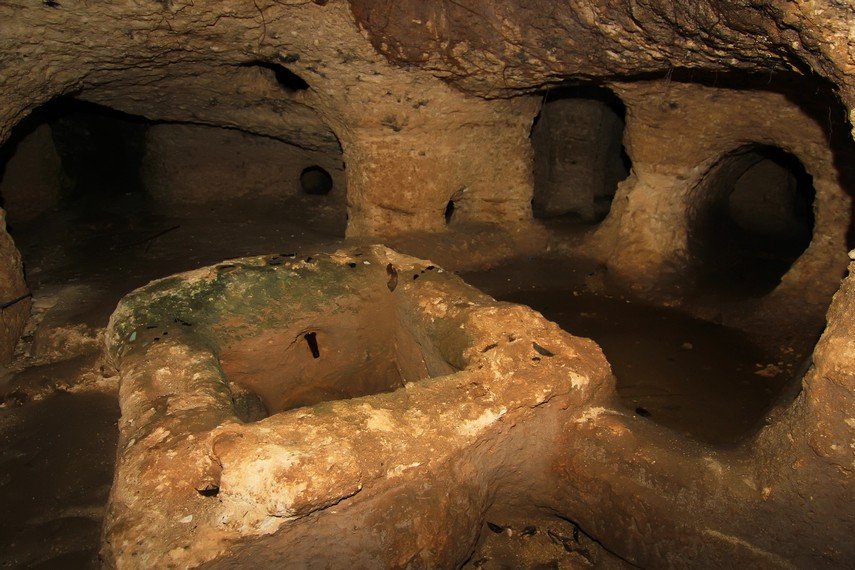




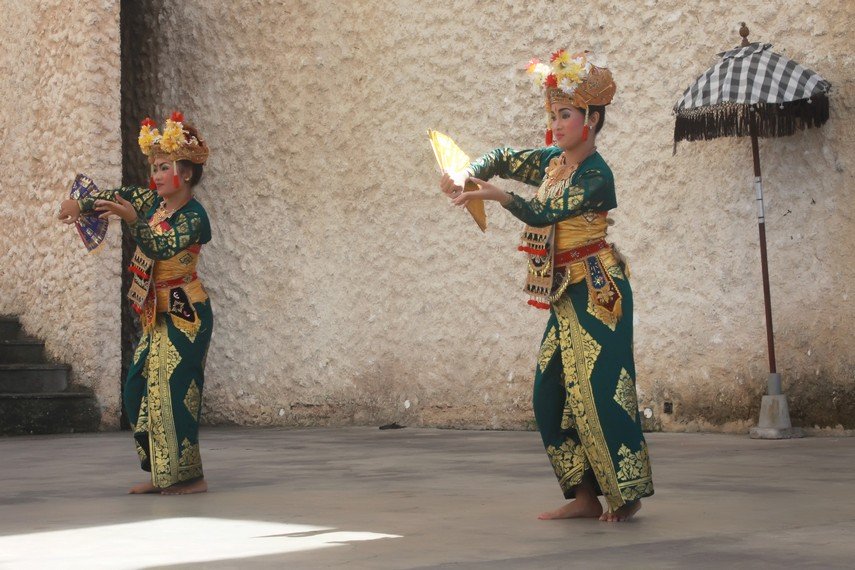



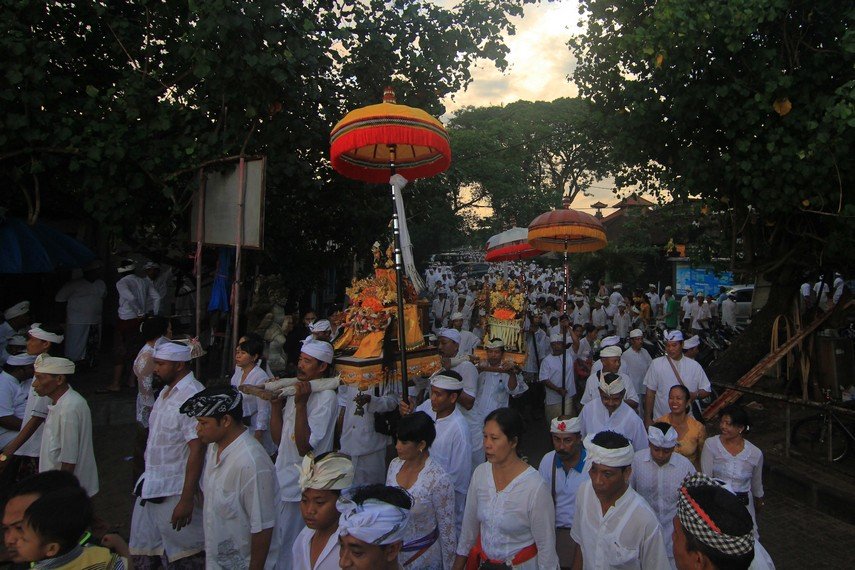




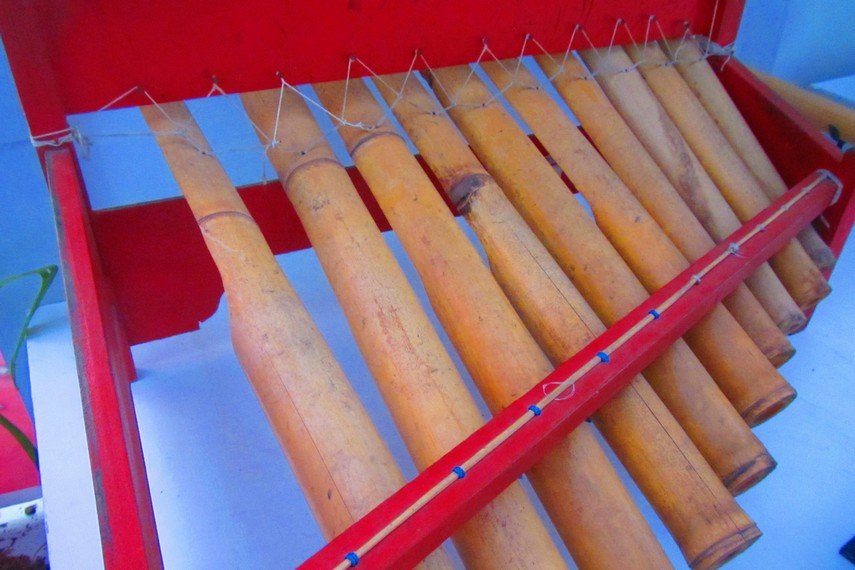






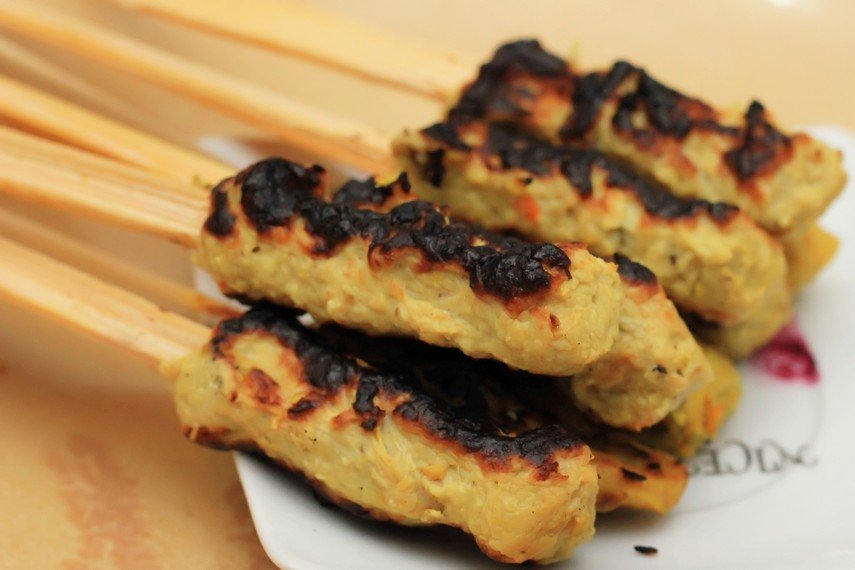
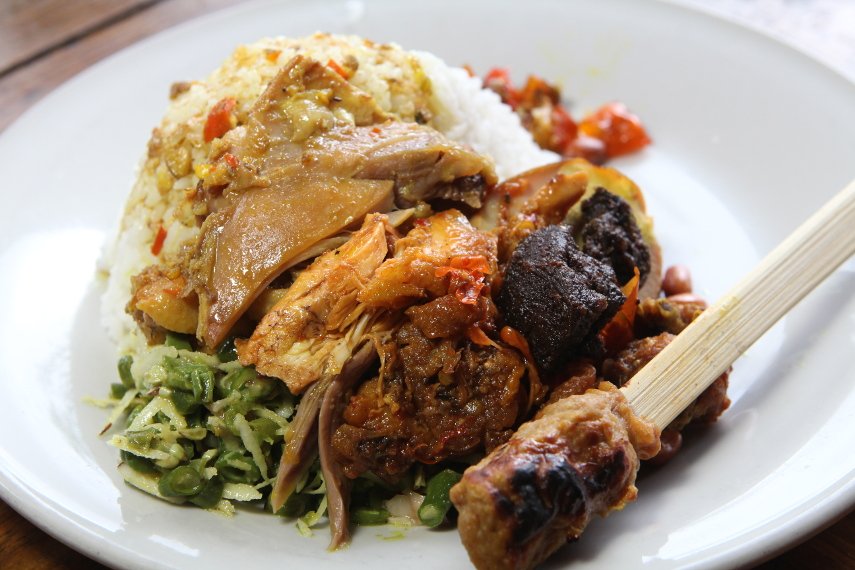
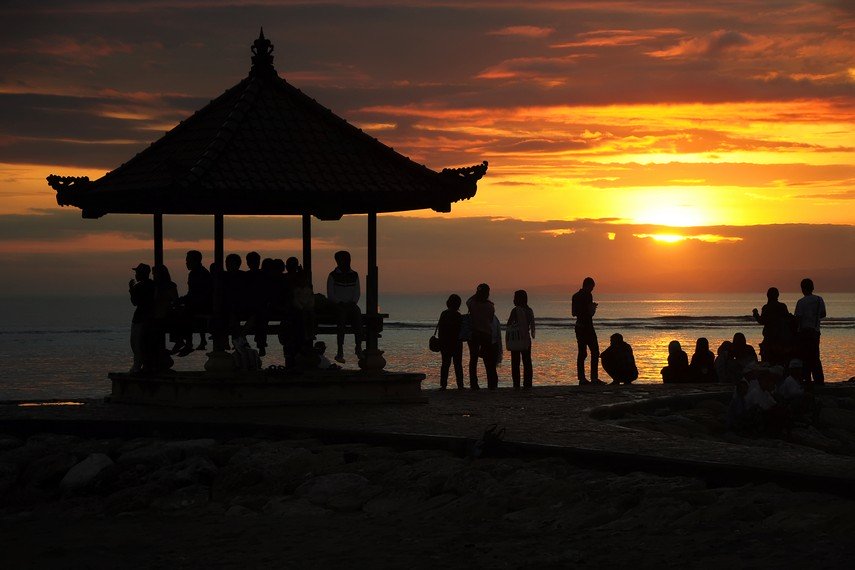
0